
People ask me why I’ve set the next installment of the “Murder Becomes” series in Macau. There are several reasons.
First, Macau (and its neighbor, Hong Kong) are exotic locales that have always fascinated me.
I had the good fortune of traveling to Hong Kong on business several times during the 1980s and visiting Macau twice. They are both places that offer mystery and surprises around just about every corner.
Second, both Macau and Hong Kong abound with amazing architecture, which of course is essential to the books’ protagonist, architect/detective Dalton Lee. In Macau, you have the historic architecture from its period as a Portuguese colony paired with the modern architecture found in its many casinos. You’ll learn fascinating details about both in the upcoming book.
Meanwhile, Hong Kong teems with stunning skyscrapers, guided often by the principles of feng shui.
Finally, Macau begins with the letter ‘M,’ as do all the destinations in the “Murder Becomes’ series. One does not have to have read, “Murder Becomes Manhattan,” “Murder Becomes Miami” or “Murder Becomes Mayfair,” to understand this next book in the series. But doing so can help one get into the groove of what’s going on.
I hope you enjoy “Murder Becomes Macau” once it comes out in late 2023!
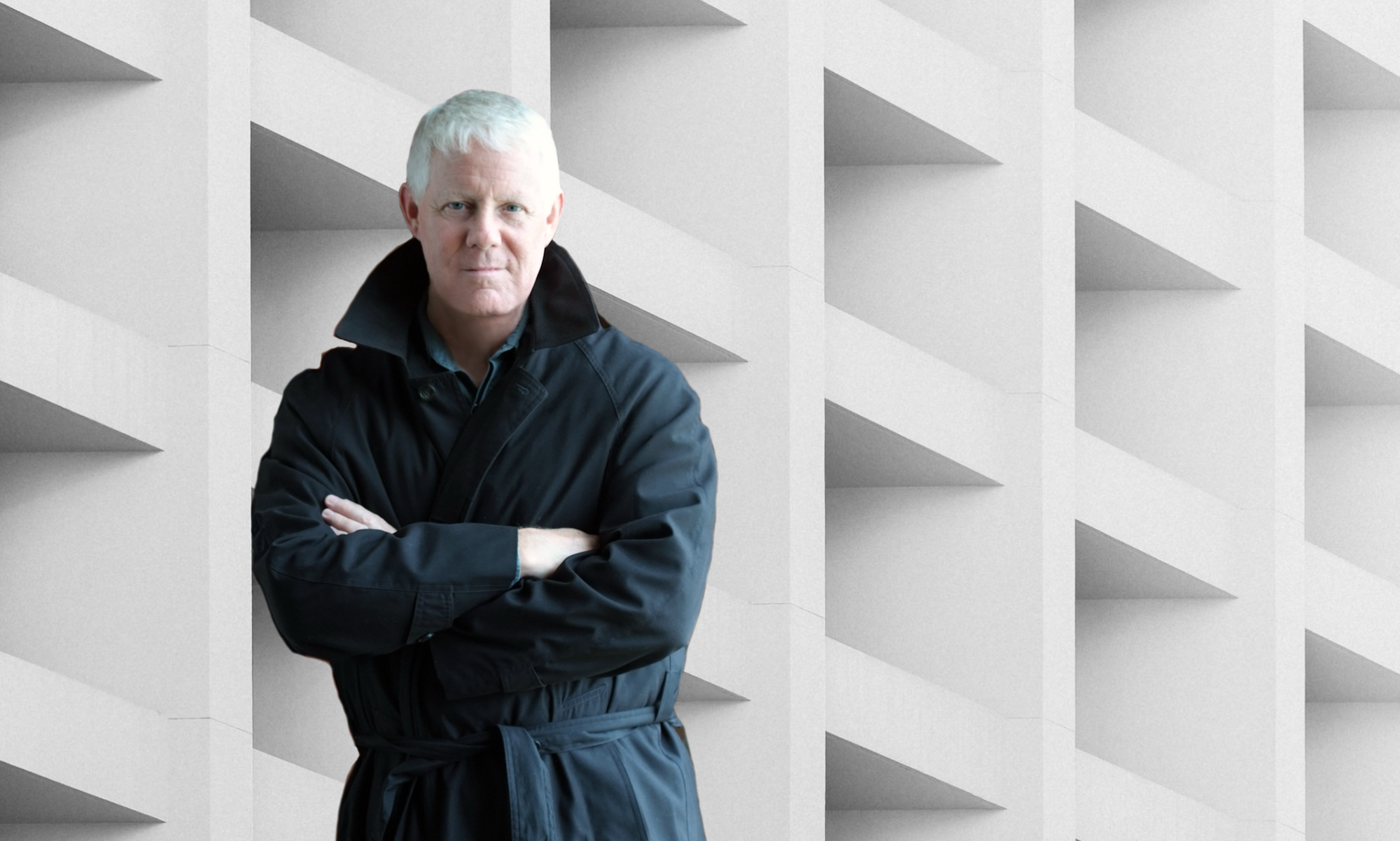
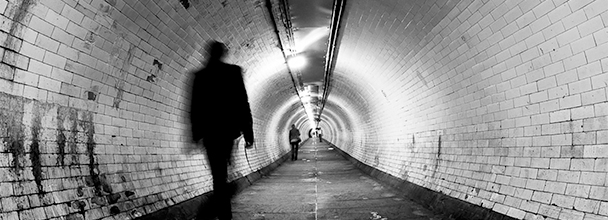
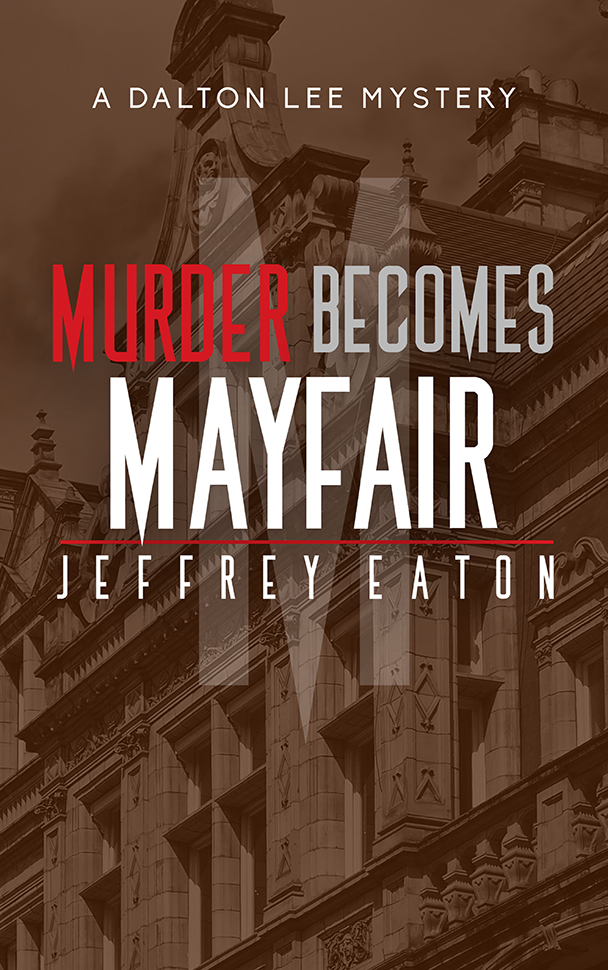
 This fall, I have at least three book clubs reading “
This fall, I have at least three book clubs reading “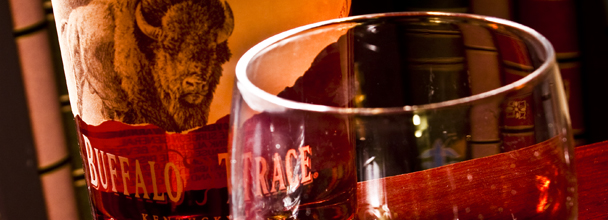 Dalton Lee is a connoisseur of QUALITY items. This is not someone who shops at WalMart or drives a Kia.
Dalton Lee is a connoisseur of QUALITY items. This is not someone who shops at WalMart or drives a Kia.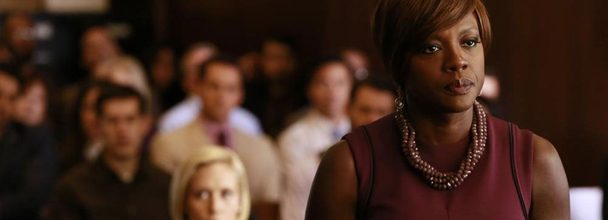 Murder Becomes Manhattan has essential clues to the killer’s identity, and the victim’s connection to The Organization, scattered throughout it. But they are subtly woven in, delivered in passing. At least, I hope they are. 😉
Murder Becomes Manhattan has essential clues to the killer’s identity, and the victim’s connection to The Organization, scattered throughout it. But they are subtly woven in, delivered in passing. At least, I hope they are. 😉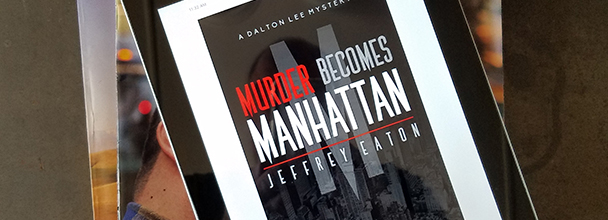 I am very excited that Murder Becomes Manhattan is now available for pre-order at both Amazon and Smashwords.
I am very excited that Murder Becomes Manhattan is now available for pre-order at both Amazon and Smashwords.
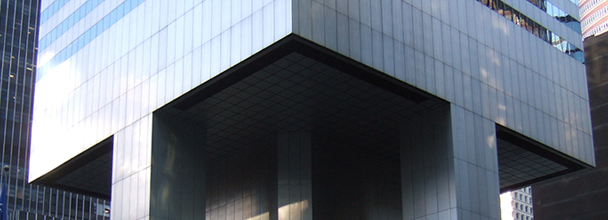 There’s so much groundbreaking architecture in Manhattan. Who can resist the pull of the Guggenheim Museum, the New York Public Library or Grand Central Station? Yet none of those get coverage in my novel Murder Becomes Manhattan. Why is that, a couple of early readers have asked.
There’s so much groundbreaking architecture in Manhattan. Who can resist the pull of the Guggenheim Museum, the New York Public Library or Grand Central Station? Yet none of those get coverage in my novel Murder Becomes Manhattan. Why is that, a couple of early readers have asked.